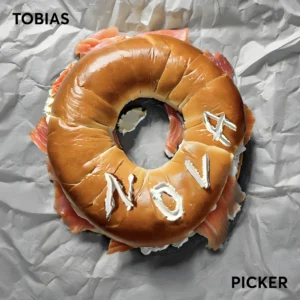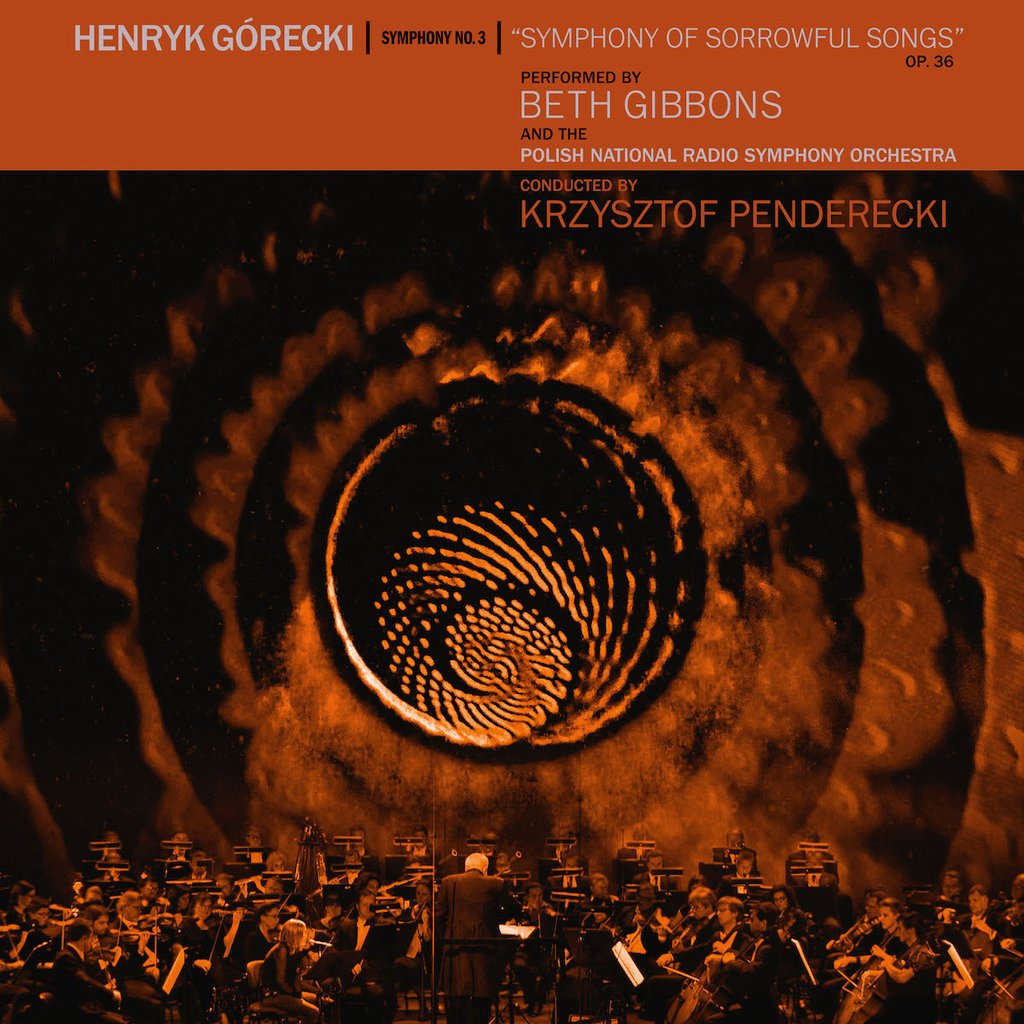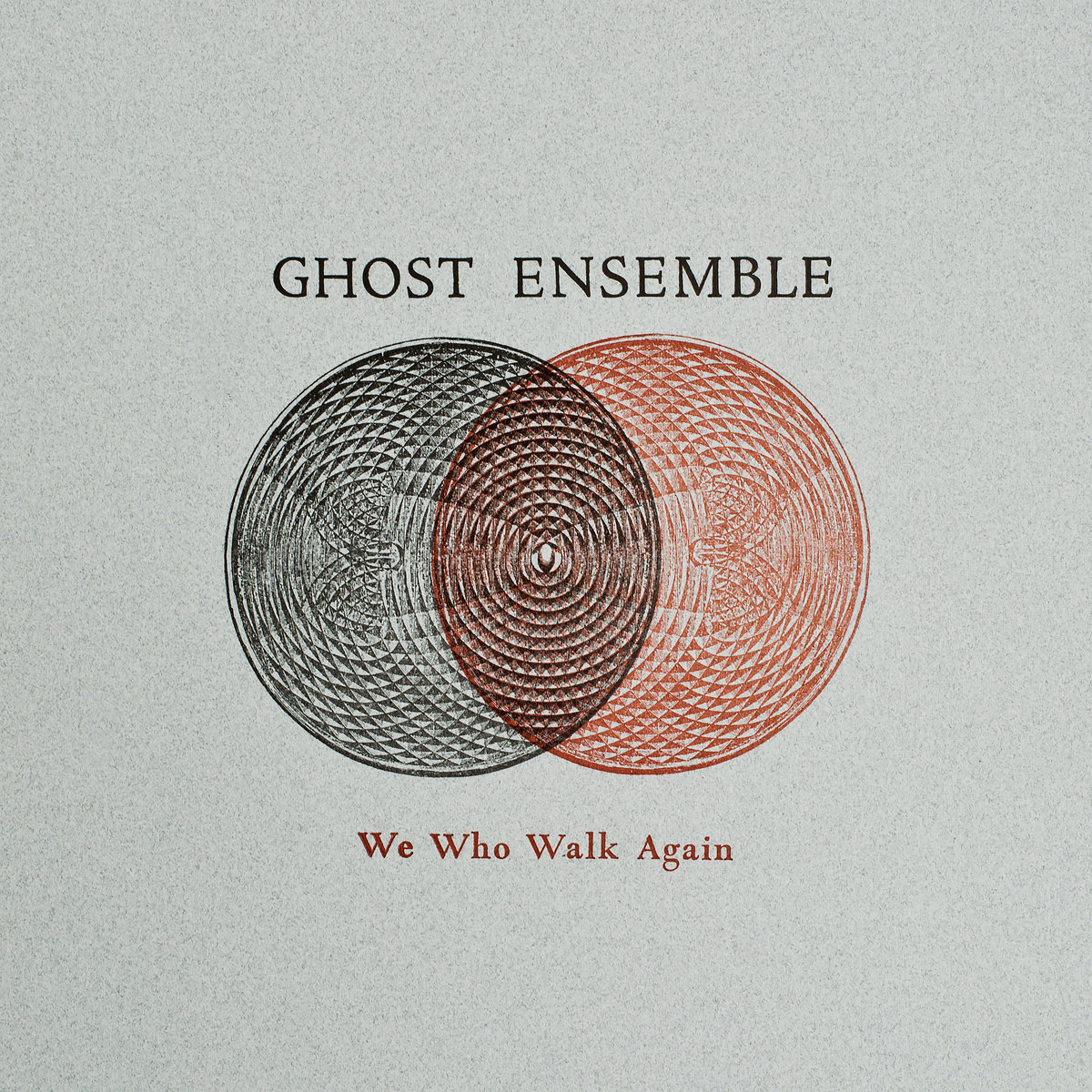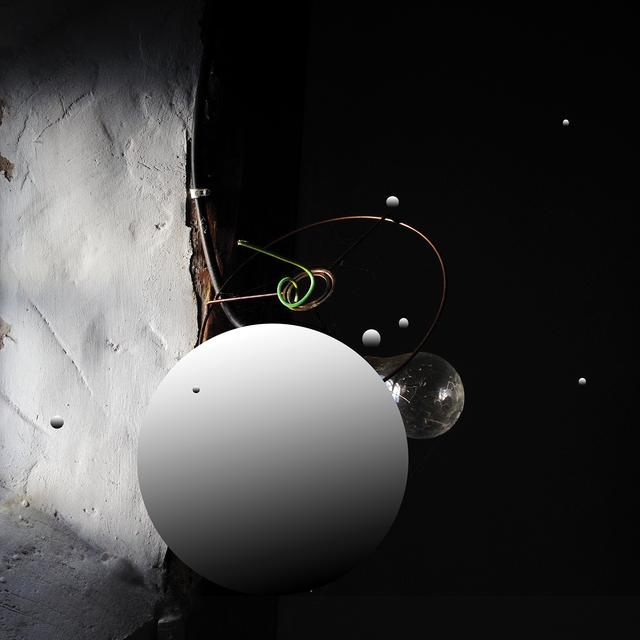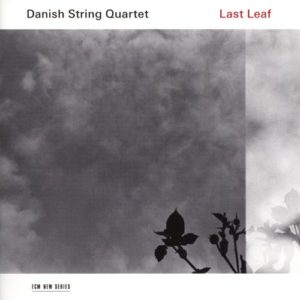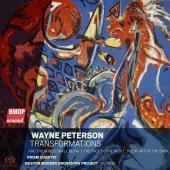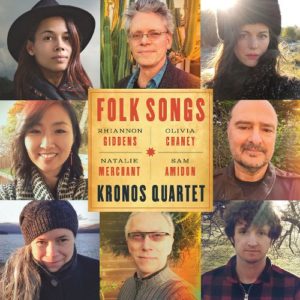Tobias Picker
NOVA
Various Artists
Bright Shiny Things
Composer Tobias Picker won a Grammy for his 2020 operatic version of The Fantastic Mister Fox, and many pianists have first encountered him through the diatonic piece The Old and Lost Rivers. Picker has another side to his musical persona that is in no small measure reflective of his time as a student of Milton Babbitt, Elliott Carter, and Charles Wuorinen. The Bright Shiny Things recording NOVA includes chamber music that celebrates these high modernist roots, as well as forays into postmodernism.
The title work is the latter, a riff on both the appropriate accompaniment, at least in Manhattan, for a bagel and cream cheese, as well as a send-up of one of Franz Schubert’s most enduring chamber pieces, the Trout Quintet. The result is lively, with tongue in cheek humor giving way to expert writing for the instruments, the composer distinguishing himself as a performer, undertaking the piano part.
The recording sessions for NOVA were completed at various times, and some of the performers are no longer living. The late Lynne Harrell’s performance in Suite for Cello and Piano is memorable. He plays with yearning legato in“Serenade,” its first movement, and puckish pizzicato in “Daylight,” its second. Ann-Marie McDermott, who is still with us, also distinguishes herself, with expressive and assured playing throughout. The third movement, “Lament,” is more dramatic than doleful, and Harrell performs with incendiary phrasing. The suite’s final movement, titled “Alone,” is still a duo, but it is lonesome and solitary in its demeanor. Another departed musician, Peter Serkin, plays Three Pieces for Piano with sensitivity and virtuosity in equal measure, elucidating the complex phrasing of “Svelto,” its first movement, emphasising the dynamic and rhythmic nuances in the second, “Liberamente,” and, performing the assertive gestures of the “Feroce” third movement con brio.
Happily most of the performers are still around to enjoy the fruits of their labors. Pianist Ursula Oppens makes multiple appearances, with Charles Neidich in “Nocturne,” a brief, gentle duet, and solo in the more extensive “Pianorama.” Violinist Young Uck Kim and Emmanuel Ax collaborate well on Invisible Lilacs, a three movement piece with an opener marked “Fast,” which it certainly is here, a pensive “Elegy,”, and a concluding “Moto Perpetuo” movement that is impressively played.
The disc’s final piece, Blue Hula. features Speculum Musicae, a chamber ensemble that boasted some of the best performers of modern classical music. It is a formidable piece that suits them well, with a finely etched gestural profile of corruscating lines. As the piece progresses, its rhythmic drive increases, culminating in the breakneck pace of the third movement, marked “very fast.”
NOVA presents another side of Picker’s music, one that embraces complexity but sacrifices none of the directness of expression that characterizes his more recent music.
-Christian Carey
